Ethiopia Yegashefi Chelba Chaloba Cooperative introduction Sun Yega detailed description
For professional baristas, please follow the coffee workshop (Wechat official account qianjiecoffee)
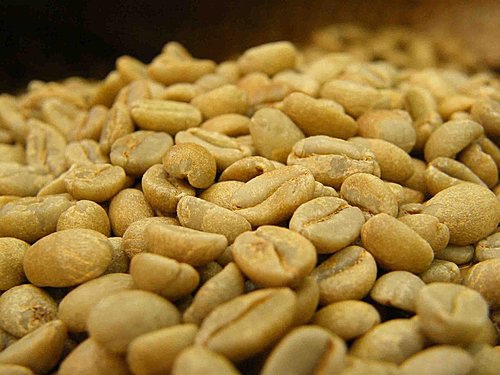
Ethiopia is the country where coffee was first discovered, and it is still the most important producing country and the best in terms of coffee quality and output. Coffee is mostly traditional Arabica species, with an annual output of about 350000 tons and more than 70% of which are exported to countries around the world. About 15 million people in the country are engaged in coffee-related industries, and more than 90% of the farms or cooperatives are planted in small areas. After 2008, crops produced in Ethiopia, including wheat, corn, sesame and coffee, were fully imported into the ECX trading system (Ethiopian Commodity Exchange) to replace the existing auction and export methods. Coffee farmers or cooperatives send coffee to warehouses concentrated in ECX. Beans of the same grade and the same production areas will be mixed and auctioned directly. You will not know which farmers or which cooperative production areas produced it.
In fact, this practice has no effect on output and quality, and it is easier to tell whether coffee is good or bad by price. What is triggered is that intermediate traders cannot freely track their satisfactory profits [low price and high quality] so that consumers will know more clearly, because they will be heavily taxed if they do not go through the ECX trading system, and now more than 90% of them are through this trading system. However, for buyers who love boutique coffee, ECX trading system is not a good thing. For this reason, Ethiopia launched the DST (Direct Specialty Trade) system in 2010. The DST system is an irregular Ethiopian auction. Only through the SCAA cup test standard of more than 80 points of boutique coffee specialty coffee can be traded with foreign raw bean merchants in the name of their own farm or cooperative.
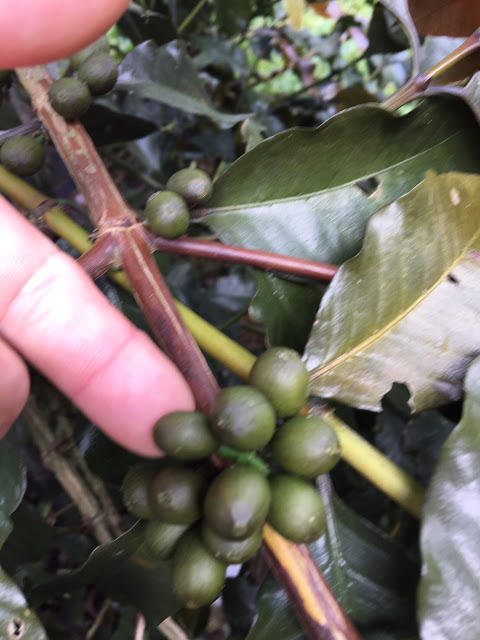
In Ethiopia, sun-dried beans will be distinguished by adding 3 and 4 after the name (with a higher quality of 3). After the coffee cherry is harvested, the peel and pulp will be dried in the bean drying field immediately until the coffee is dried to 16% moisture. It is only then dried in a dryer to achieve the same moisture content, and then repeatedly rubbed soft with parchment or sheepskin until the surface mucosa is removed, polishing and drying this is the process of sun-dried beans.
Yegashefi Chelba Chaloba Cooperative, which is made up of 500 small farmers. The average farmer owns 2-5 hectares of land, and the surrounding mountains wind around the Chelba River. sun beans are a raw product at the end of the season and usually take 10-15 days to dry, when the style of coffee beans plays the most important role, good weather farmers laugh at bad weather farmers worry at all times and all over the world.
Property Characteristics: farm characteristics
Farmer Farm owner: Various small producers different kinds of small farmers
Region producing area: Gedeo
Grade level: red Cherry Project G3
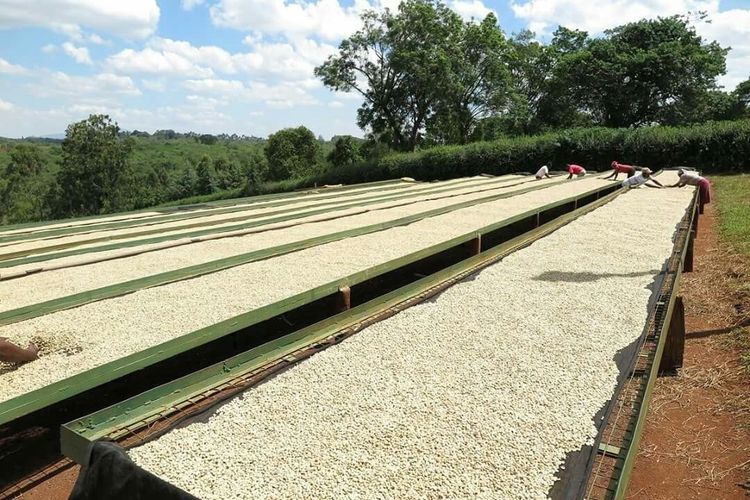
Country country: Ethiopia
Altitude altitude: 1800-2000 m
Farm Size farm size: 600-800 households with a working population
Coffee Characteristics: coffee characteristics
Variety varieties: local traditional wild varieties of Heirloom
Processing System treatment: Unwashed sun-dried beans
Appearance appearance: 16-18 Screen (16-18 mesh)
Important Notice :
前街咖啡 FrontStreet Coffee has moved to new addredd:
FrontStreet Coffee Address: 315,Donghua East Road,GuangZhou
Tel:020 38364473
- Prev
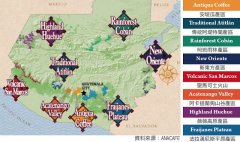
The reason for the variety of coffee flavor in Guatemala: the micro-climate combination forms the personality and characteristics of coffee flavor.
Communication of professional baristas Please pay attention to Coffee Workshop (Wechat official account cafe_style) after the impact of the Kuroshio movement, people gradually began to possess professional knowledge and technology related to the coffee industry. In addition to the annual large-scale coffee-related exhibitions, barista competitions and the rapid development of baking equipment, our loyalty and love for coffee is no longer just to meet the status quo.
- Next
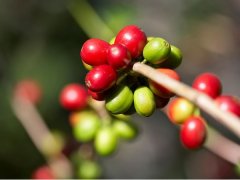
A brief history of coffee in Guatemala and a small profile of coffee graded by elevation What are the characteristics of Guatemala
Professional barista exchanges, please pay attention to coffee workshop (Weixin Official Accounts cafe_style) Guatemala is only three times larger than Taiwan, but its natural resources are very rich, which makes it have a variety of coffee styles. The common tonality is elegant and lively, clean taste and distinct layers, with green malic acid, jasmine flower fragrance, orange peel fragrance, green pepper fragrance and cocoa fragrance. Some tail rhymes will have strong smoke.
Related
- Detailed explanation of Jadeite planting Land in Panamanian Jadeite Manor introduction to the grading system of Jadeite competitive bidding, Red bid, Green bid and Rose Summer
- Story of Coffee planting in Brenka region of Costa Rica Stonehenge Manor anaerobic heavy honey treatment of flavor mouth
- What's on the barrel of Blue Mountain Coffee beans?
- Can American coffee also pull flowers? How to use hot American style to pull out a good-looking pattern?
- Can you make a cold extract with coffee beans? What is the right proportion for cold-extracted coffee formula?
- Indonesian PWN Gold Mandrine Coffee Origin Features Flavor How to Chong? Mandolin coffee is American.
- A brief introduction to the flavor characteristics of Brazilian yellow bourbon coffee beans
- What is the effect of different water quality on the flavor of cold-extracted coffee? What kind of water is best for brewing coffee?
- Why do you think of Rose Summer whenever you mention Panamanian coffee?
- Introduction to the characteristics of authentic blue mountain coffee bean producing areas? What is the CIB Coffee Authority in Jamaica?

